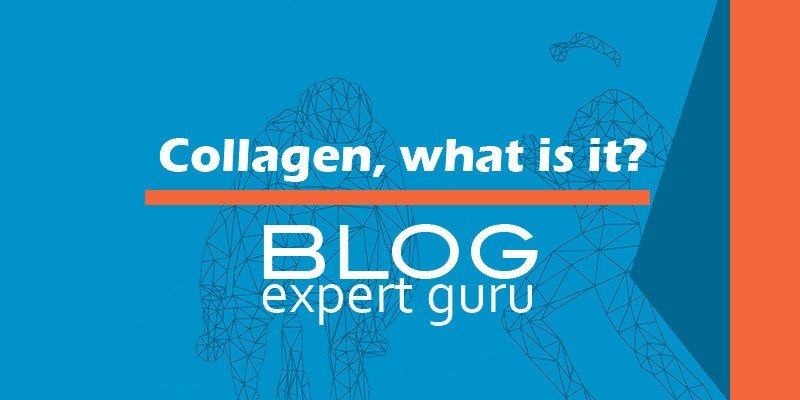| Lately you will undoubtedly have seen it once in the media: (the hype) about collagen! You can get a tight skin and it is a miracle cure that we should all use? What is Collagen? Collagen is the most abundant protein in the body. It has countless functions and you can create it yourself. But after a certain age, that production decreases. How can you prevent this and what exactly does collagen do in the body? About a third of all protein in your body is collagen. But not all collagen is the same. At least 28 types are known. The first type is by far the most present in your body. 90% of all collagen in your body is type I. The other 10% consists largely of types II, III and IV. Broadly speaking, collagen provides structure, cohesion, elasticity and firmness to the different types of connective tissue, including cartilage, bones, tendons, ligaments (ligaments), skin and blood vessels. The body produces collagen by breaking down proteins it receives through food into amino acids. These amino acids are the building blocks with which body protein, such as collagen, is subsequently rebuilt. What can you do yourself? As with everything else in the body, collagen ages and gets less. You cannot prevent that process, but you can slow it down a bit. What you can do is ensure that your body is and continues to be able to produce collagen in a natural way. You do this by eating healthy and varied food and by continuing to exercise mechanically. The difference between what collagen looks like in young and in older people is shown in the illustration below. |

| The risk of injury gradually increases as you get older if we don’t anticipate on this collagen change in our body. That we get a wrinkle, most athletes will not immediately worry about it. That a changed elasticity of tendons, muscles and joints is also partly due to this! And athletes would like to avoid this! Yet there is also hope! Research into the use of gelatin in combination with strength exercises (locally) show clear improvements in the recovery of tissues (tendons / joints). For this reason, we already introduced the NutrID Rec Injury in 2018. We have not used and will not use the currently trendy term “collagen”. Under the heading of collagen, far too many products are currently being marketed that are not satisfactory in terms of composition. The products are too low a dose or the active ingredients are missing at all. The following properties are important for the best application: – Protein should be as equivalent as possible to our own body composition of the tendons, capsules and joints. Then only the (animal) gelatin is eligible. – The dose at a time should be around 20g at a time. – Take 60 minutes prior to strengthening exercises of the affected area! – Vitamin C, glucosamine and chondroitin are the important excipients. You cannot compare the taste of the NutrID Rec Injury with another type of protein such as the Rec Train. Because it is a completely different type of protein, it is best to mix the NutrID Rec Injury in a smoothy or with some yogurt / quark. More information: Rec Injury |







